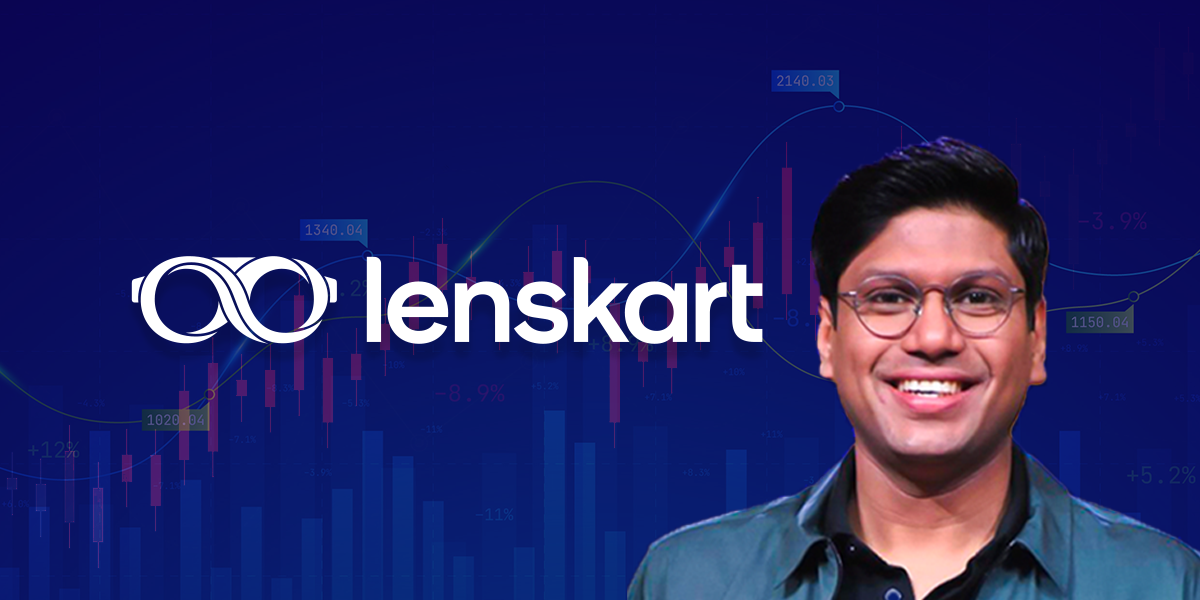E-commerce in India has come a long way in the past 8-10 years. This can be validated from the acquisition of Flipkart by Walmart and Amazon’s long term commitment to win the Indian market. As online commerce continues to grow and evolve, new formats (aka business models) are also being evangelised by entrepreneurs.
One example of such format is social commerce. Over the past two years, social commerce has been gaining decent traction and also attracting the confidence of investors. Firms such as Meesho and Shop101 had raised over $60 million since November last year.
Besides social commerce, influencer cum video-based commerce has begun to gather the attention of investors. While the segment is still to find product-market fit, several startups already had closed sizeable seed cheques from renowned angels as well as VCs.
Influencer-based shopping platform EkAnek had raised about $10 million from Sequoia Capital, Lightspeed and Matrix Partners while Sachin Bhatia-led BulBul Shop had raised capital from Sequoia’s incubation programme Surge, Leo Capital and a couple of angels.
Yet to launch, SimSim also raised over a million USD from executives of Flipkart and Mckinsey as well as bluechip angels including Rajan Anandan, Sunil Kalra, Gaurav Bedi, and Maninder Gulati. Our sources indicate that the firm is in advanced stages to raise more funds from an upcoming VC fund and several blue-chip individuals.
Entrackr had exclusively reported fund closure by the above three startups.
So, what is motivating investors to be bullish on such formats?
E-commerce companies in India have not been able to break beyond 50-70 million transacting base. However, BulBul, EkAnek, and SimSim attempt to penetrate tier II, III cities and semi-urban areas that collectively constitute more than 300 million potential buyers.
Unlike existing e-commerce companies, the trio has been emphasising on local language and leveraging video and power of influencers.
Video makes selling easier in smaller cities. For instance, smaller cities drive over 65% of television commerce in India. Firms such as Naaptol and Shop CJ record over 80% demand from tier II and III cities.
Product description and video presentation weeds out several concerns of buyers (majorly housewives and young girls) who tend to buy fast moving fashion, jewellery, and home furnishing materials.
Gradually, television commerce is becoming an obsolete concept as a majority of its buyers in smaller cities are spending more time on their smartphone’s screen. Their inspiration for buying online has increased as they have been using the Internet for many utility and infotainment purposes.
Nevertheless, language and trust are still barriers. Vernacular video and known influencers can solve both problems. While product features and its aspects can be articulated in a much better way via video as compared to pictures and text-based description, trust issues can be weeded out by bringing local influencers (such as local language film stars, singers, sports icons, etc.)
The unprecedented spike in the consumption of short videos through platforms like TiTok, Vigo and Bigo Live also hint that video would play a great role in enabling online commerce in tier II,III cities and rural areas.
Aforementioned reasons have been driving confidence of entrepreneurs as well as investors in video-centered commerce in India. Interestingly, none of the large-scaled horizontal e-commerce players such as Amazon and Flipkart have paid heed to these emerging models – be it social or influencer-based formats.
They seem to be in wait and watch mode.
Video and influencer-based e-commerce model has just started in India. The segment would take at least a couple of years from here to gauge its impact. Since startups in these segments have been the talk of the town among investors and media circuits, it would be interesting to track and observe them in the future.














